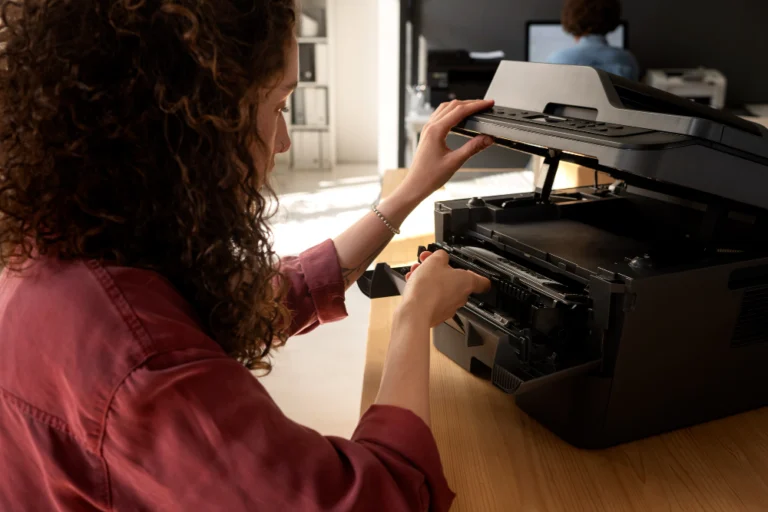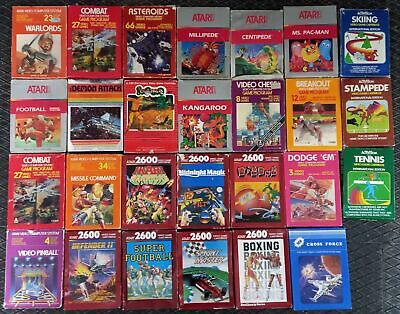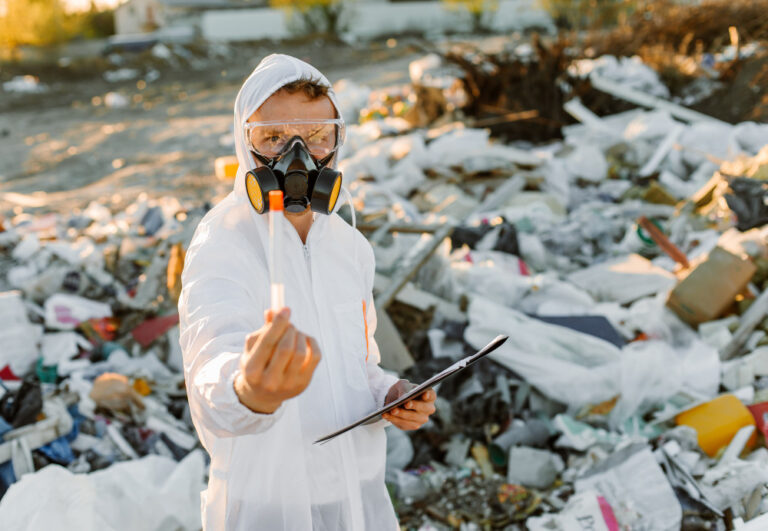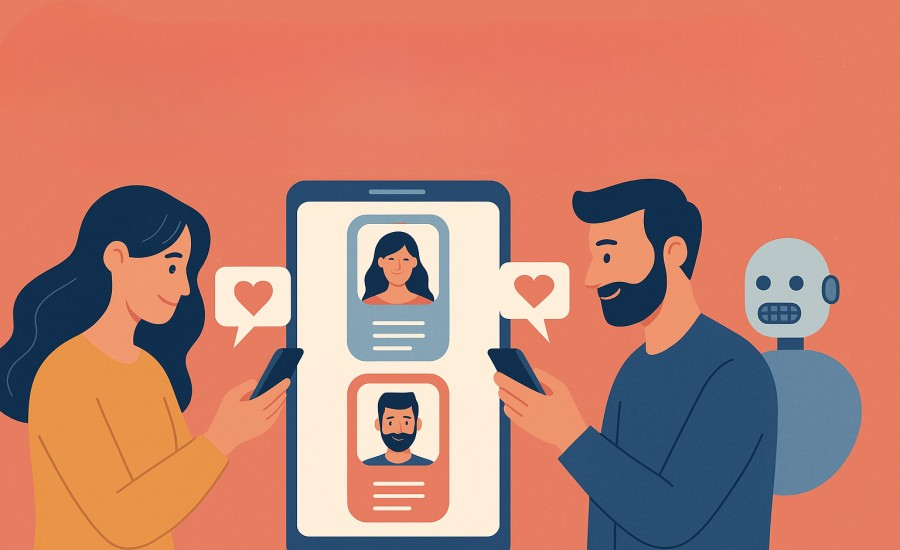
Cast your mind back to the mid-1990s. The internet, still a relatively new frontier accessed via screeching dial-up modems, is slowly weaving itself into society. You decide to try something radical, maybe a little embarrassing: online dating. You sit down at your beige desktop computer, fire up Netscape Navigator, and navigate to a new site called Match.com. The online dating evolution has dramatically reshaped how people meet and fall in love. It began with simple chat rooms and dating websites in the early 2000s, offering a new way to connect beyond traditional settings.
Carefully, painstakingly, you craft your profile – describing your interests, your job, what you seek in a partner, all in text boxes. Uploading a photo? That’s a maybe, requiring a scanner and patience. You hit submit, a mix of hope and skepticism churning within. Telling your friends feels slightly taboo.
This nascent form of digital courtship feels worlds away from a chance meeting at a coffee shop or a bar. Little did you know, you were at the vanguard of a revolution that would fundamentally change how humans connect.
The Algorithmic Ancestors (Pre-Internet – Early 1990s): “Punch Cards & Personal Ads”
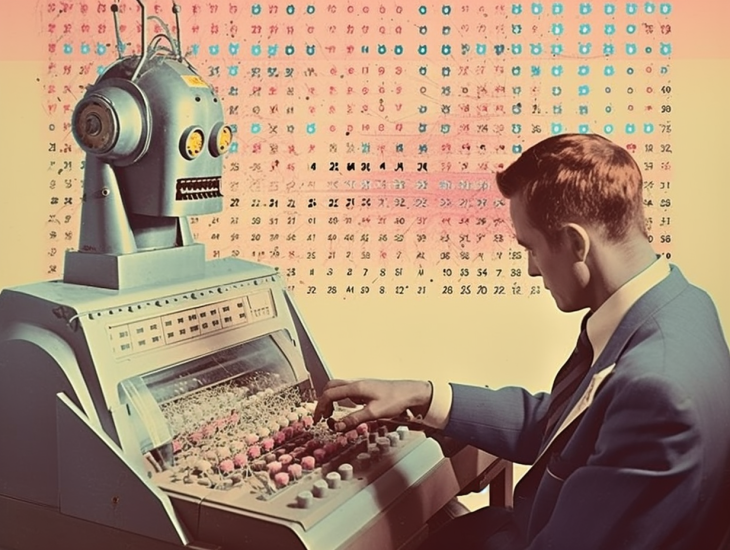
Before pixels and profiles, the quest to use technology for romance had already begun. Newspaper personal ads were the original “profiles,” short text snippets seeking companionship. Video dating services emerged in the 70s and 80s, allowing people to record awkward VHS tapes introducing themselves. But the true precursor to online dating involved harnessing the power of the room-sized computers of the era.
In 1965, while the internet was still a theoretical concept, Harvard undergraduates Jeffrey Tarr, Vaughan Morrill, and David Crump (with help from Douglas Ginsburg) launched “Operation Match.” For $3, students filled out detailed questionnaires about themselves and their ideal date.
The answers were transferred to punch cards and fed into an IBM mainframe, which crunched the data to spit out potential matches – delivered by mail! It was a sensation, processing 90,000 applications in its first six months.
Similar experiments popped up elsewhere, like Joan Ball’s St. James Computer Dating Service in the UK (starting 1964). These weren’t “online,” but they planted the seed: using systematic data, however basic, to predict compatibility.
Tech Spotlight: Mainframe Matchmaking
- Technology: Early mainframe computers (e.g., IBM 7090). Input via paper questionnaires transferred to punch cards. Output via printed lists of potential matches.
- Algorithm: Basic sorting and matching based on questionnaire responses (shared interests, background, preferences).
- User Experience: Filling out lengthy forms, mailing them with a fee, waiting weeks for results delivered by post. Novelty factor was high.
- Example: Operation Match (Harvard, 1965), St. James Computer Dating Service (UK, 1964).
- Significance: Demonstrated the first attempts to use computational logic for matchmaking, laying the conceptual groundwork for future digital dating.
Milestone Markers
- 1950s/60s: Early informal computer matchmaking experiments on university campuses.
- 1964: Joan Ball launches St. James Computer Dating Service in the UK.
- 1965: Operation Match launches at Harvard University.
- 1970s/80s: Video dating services gain some traction. Newspaper personal ads remain popular.
Parallel Developments
- 1960s: Mainframe computers become powerful tools in universities and large corporations. Social norms begin shifting.
- 1970s: Microprocessors invented, paving the way for personal computers. ARPANET (internet precursor) established.
- 1980s: Personal computers start entering homes. Bulletin Board Systems (BBS) emerge.
User Experience Snapshot
Imagine filling out pages of multiple-choice questions about your personality and preferences, mailing it off with a check, and waiting by the mailbox for weeks, hoping a giant machine could decipher the code to your perfect date. It was slow, impersonal by today’s standards, yet undeniably futuristic and exciting for its time.
Price Point Perspective
Operation Match charged $3 in 1965 (roughly $30 USD or ₹2500 INR today), a not-insignificant sum for a student, reflecting the high cost of computer processing time back then.
What We Gained / What We Lost
- Gained: The foundational idea of using technology and data for matchmaking. Early exploration of compatibility metrics.
- Lost: Nothing – this was an entirely new approach layered on top of traditional methods.
Unexpected Consequences
- Generated significant media buzz and normalized the idea of seeking relationships outside immediate social circles, albeit with some lingering stigma around “lonely hearts.”
- Operation Match founders briefly became tech-romance celebrities.
Industry Voice
“[We focused on] the irrationality of two particular social evils: the blind date and the mixer.” – The Harvard Crimson (Describing the motivation behind Operation Match in 1965).
The Dial-Up Connection (Early-Mid 1990s): “Chat Rooms & Bulletin Boards”
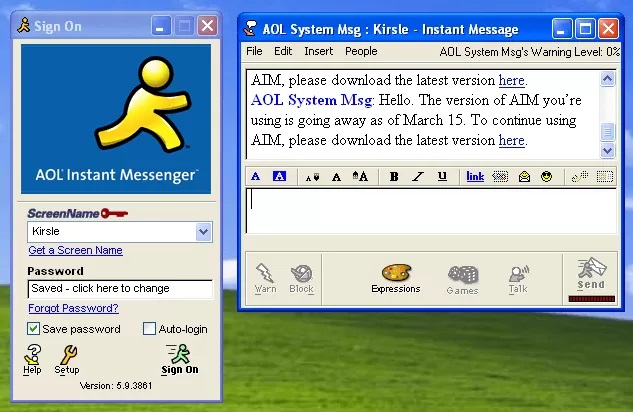
As personal computers became more common and dial-up connections offered pathways into the burgeoning online world, new spaces for connection emerged, often unintentionally. Before dedicated dating sites, people found romance (or something like it) in the text-based communities of Bulletin Board Systems (BBSs), Usenet newsgroups, and the chat rooms of early online services like CompuServe and America Online (AOL).
These platforms weren’t designed for dating, but they facilitated communication between strangers based on shared interests. Users, often shielded by pseudonyms, could engage in lengthy text conversations, discovering affinities and building rapport in ways that felt new and intimate.
Specialized BBSs like the Matchmaker Electronic Pen-Pal Network (launched 1986) focused more directly on romance. In France, the government-sponsored Minitel network hosted messageries roses (“pink chat rooms”) explicitly for flirting and dating as early as the 1980s. This era was characterized by serendipity, anonymity, and the slow burn of text-based courtship.
Tech Spotlight: BBS & Early Chat Rooms
- Technology: Dial-up modems connecting to text-based BBSs or graphical online services (AOL, CompuServe). Communication via public message boards or private real-time chat.
- User Interface: Primarily text commands and ASCII graphics on BBSs; simple graphical chat interfaces on services like AOL.
- Experience: Slow, text-heavy interactions. Building connections based purely on conversation and shared interests. High degree of anonymity. Required technical know-how to access BBSs.
- Significance: Represented the first online spaces where romantic connections could form organically, paving the way for dedicated dating platforms.
Milestone Markers
- 1980s: Minitel’s messageries roses launch in France.
- 1986: Matchmaker Electronic Pen-Pal Network BBS launches.
- Early 1990s: AOL, CompuServe, Prodigy offer chat rooms that become popular social (and sometimes romantic) hangouts. Usenet newsgroups (e.g., alt.personals) host text-based personal ads.
Parallel Developments
- Early 1990s: World Wide Web is born but not yet widely accessible. Dial-up internet access starts becoming available to consumers.
- Mid-1990s: Commercial ISPs proliferate. Netscape browser launches, making the Web more user-friendly.
User Experience Snapshot
Do you remember the thrill of logging into a BBS or AOL chat room? The feeling of exploring a new digital world? Maybe you struck up a conversation with a stranger in a chat room dedicated to your favorite band, talking for hours via flickering text on a screen. It felt less like “dating” and more like connecting, with romance sometimes blossoming unexpectedly from shared text.
Price Point Perspective
Access often involved paying hourly fees for online services like AOL or CompuServe, or sometimes fees to access premium BBSs, on top of phone line charges. It wasn’t free, but it was the price of admission to these new digital communities.
What We Gained / What We Lost
- Gained: The first real taste of online social interaction potentially leading to romance. Text-based communication fostering deeper conversational connections (arguably). Anonymity allowing for exploration.
- Lost: Visual cues (no photos initially). Geographic limitations (often connected with local BBSs).
Unexpected Consequences
- Established early norms and etiquette for online communication (and miscommunication!).
- The anonymity sometimes led to deception (“catfishing” precursors).
- Showed a clear demand for online platforms dedicated specifically to finding partners.
Industry Voice
“People were meeting, falling in love, and getting married through these text-based communities long before the first dating website even launched.” – (Paraphrased observation reflecting early online romance).
The Profile Page Era (Mid-1990s – Mid-2000s): “Websites Take the Wheel”
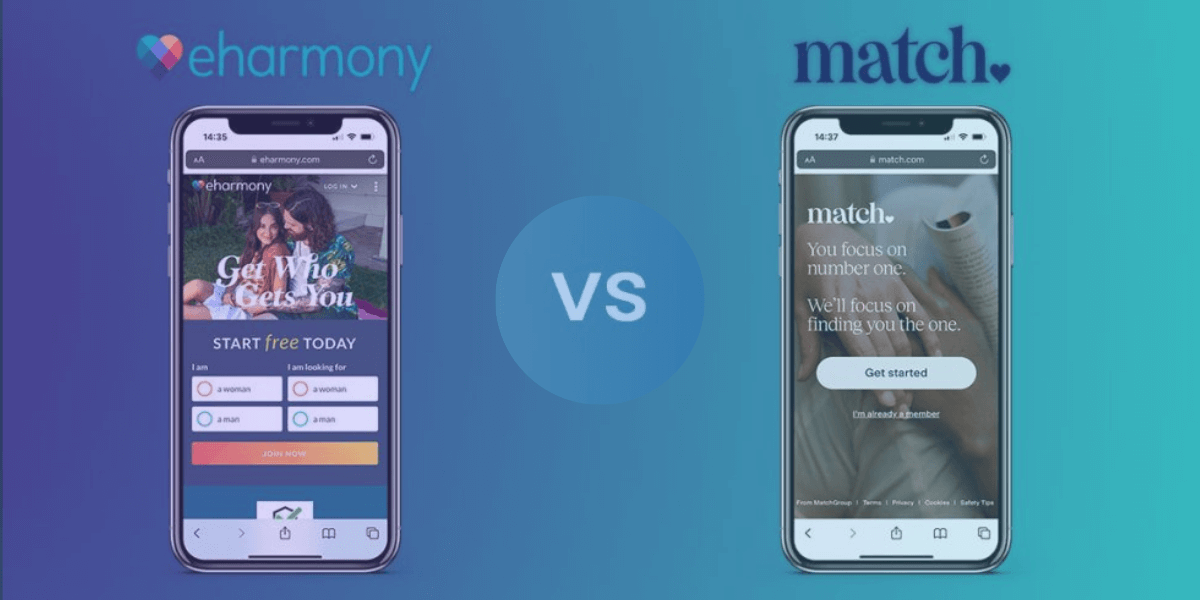
The mid-90s marked the true dawn of the online dating industry as we began to recognize it. The World Wide Web was exploding, and entrepreneurs saw the potential to create dedicated platforms for matchmaking. Kiss.com arrived in 1994, but the launch of Match.com in April 1995 is widely seen as the pivotal moment.
Founded by Gary Kremen, Peng T. Ong, and Simon Glinsky, Match.com allowed users to create detailed profiles, upload photos (as technology allowed), and search a database of other singles. Crucially, it adopted a subscription model, signaling a commercial intent. Early efforts focused on making the platform female-friendly to attract women to the male-dominated early internet.
This era saw the launch of numerous competitors, many still prominent today. JDate (1997) catered to Jewish singles. eHarmony (2000), founded by clinical psychologist Dr. Neil Clark Warren, differentiated itself with a focus on long-term compatibility, requiring users to fill out extensive personality questionnaires to generate matches. OkCupid (2004) offered a free, data-driven alternative using quirky questions to calculate compatibility.
Meanwhile, in India, a parallel revolution was happening with online matrimonial sites. Recognizing the cultural importance of arranged marriage but leveraging the reach of the internet, sites like Shaadi.com (evolving from Sagaai.com around 1996) and BharatMatrimony (launched 1997/2000) allowed families and individuals to search for potential spouses based on criteria like religion, caste, community, education, and location. These platforms became immensely popular, digitizing a long-standing tradition.
This era was defined by desktop computers, detailed profiles, asynchronous communication (emails, internal messaging systems), and the use of algorithms (simple or complex) to suggest matches. While gaining traction, using these sites still carried a degree of social stigma – something often done discreetly.
Tech Spotlight: Profile Databases & Early Algorithms
- Technology: Web-based platforms accessed via desktop browsers. User profiles stored in databases. Search functionality based on user-defined criteria. Introduction of compatibility algorithms (questionnaire-based like eHarmony, or data-driven like OkCupid).
- User Interface: Primarily website-based forms for profile creation. Search results displayed as lists or grids of profiles. Communication via internal messaging systems or email.
- Experience: Required significant time investment to create profiles and browse/message potential matches. Communication was slower, often taking days for replies. Matching was based on stated preferences and algorithmic suggestions.
- Examples: Match.com, Kiss.com, eHarmony, OkCupid, Shaadi.com, BharatMatrimony.
- Significance: Established the core model of modern online dating – searchable profiles, explicit relationship intent, and algorithmic matching. Began the process of normalizing finding partners online.
Milestone Markers
- 1994: Kiss.com launches.
- 1995 (April): Match.com launches.
- 1996/1997: Shaadi.com (as Sagaai.com) and BharatMatrimony launch in India.
- 1997: JDate launches.
- 2000: eHarmony launches with its compatibility matching system.
- 2004: OkCupid launches, offering free, data-driven matching. Guinness World Records recognizes Match.com as the largest dating site.
Parallel Developments
- Late 1990s: Dot-com boom. Broadband internet adoption begins slowly.
- Early 2000s: Rise of social networking (Friendster, MySpace). Digital cameras become common, making photo uploads easier. Blogging takes off.
User Experience Snapshot
Remember spending hours crafting the perfect profile, agonizing over every word? Carefully scrolling through pages of potential matches, reading detailed descriptions? Sending hopeful messages and waiting days for a reply? It was a deliberate, often time-consuming process, but held the promise of finding someone truly compatible based on more than just a fleeting glance.
In India, using matrimonial sites felt like a modern extension of tradition, often involving family input.
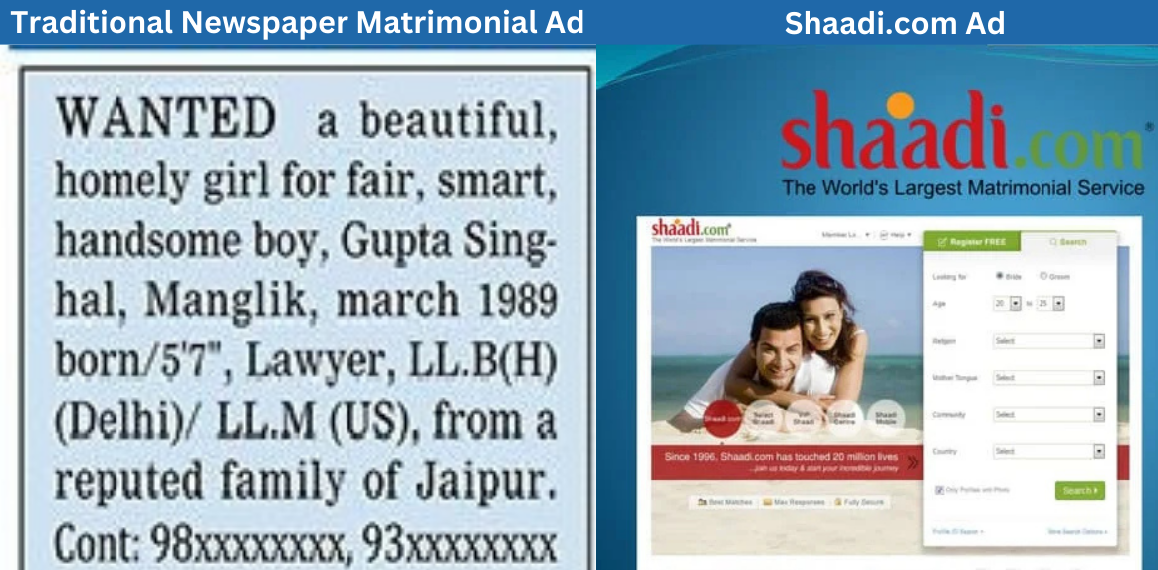
Price Point Perspective
Most major dating sites (Match, eHarmony) operated on a subscription model, often costing $20-$50 USD per month. Matrimonial sites in India also often used tiered subscriptions or paid features. Free sites like OkCupid or PlentyofFish (launched 2003) gained popularity as alternatives.
What We Gained / What We Lost
- Gained: Access to a vastly larger pool of potential partners beyond social circles. Ability to filter based on specific criteria. Algorithmic attempts at predicting compatibility. Dedicated platforms normalizing online relationship seeking.
- Lost: The serendipity of purely offline encounters. Potential for over-reliance on profiles that might not accurately reflect reality. The time investment required could be significant.
Unexpected Consequences
- Began to slowly chip away at the stigma associated with meeting partners online.
- Created massive datasets about relationship preferences and human interaction.
- Founder of Match.com, Gary Kremen, ironically had his girlfriend leave him for someone she met on Match.com.
Industry Voice
“[I thought] it would be really interesting to use the internet for relationships, and to do it right.” – Gary Kremen (Co-founder of Match.com).
The Mobile Matchmaker (Late 2000s – Mid-2010s): “Swipe & Connect”

Everything changed with the smartphone. As powerful mobile devices became ubiquitous from the late 2000s onwards, online dating untethered itself from the desktop and leaped into our pockets, transforming into something faster, more immediate, and location-aware.
Grindr, launched in March 2009, was a true pioneer. As one of the first geosocial dating apps, it used smartphone GPS capabilities to show users nearby profiles, primarily catering to gay, bi, trans, and queer men. This focus on proximity revolutionized mobile dating.
Then came Tinder in 2012. Its stroke of genius was the “swipe” interface. Users were presented with photos and minimal profile information; swipe right to “like,” swipe left to “pass.” If two users both swiped right on each other, it resulted in a “match,” opening up a chat function. This “double opt-in” system and the simple, addictive, game-like swiping mechanic made online dating feel casual, fast, and fun.
Tinder’s explosive popularity dramatically accelerated the normalization of online dating. It lowered the barrier to entry, making it less about lengthy profiles and questionnaires and more about quick impressions and immediate connection (or rejection). Apps like Bumble (2014), where women make the first move, and Hinge (initially 2012, later redesigned), which focused on connections through friends-of-friends and specific profile prompts, quickly followed, refining the mobile dating experience. Online dating wasn’t niche anymore; it was mainstream.
Tech Spotlight: GPS Matching & The Swipe Interface
- Technology: Native smartphone apps (iOS, Android) leveraging GPS for location-based matching and mobile internet connectivity for real-time updates and chat.
- User Interface: Shift towards photo-centric profiles. Introduction of the swipe right/left mechanic (Tinder) for liking/passing profiles. Focus on mutual matching before enabling communication. Push notifications for new matches/messages.
- Experience: Faster-paced, more visual, location-aware. Lower perceived commitment compared to traditional websites. Emphasis on immediacy and convenience. Gamified interaction through swiping.
- Examples: Grindr, Tinder, Bumble, Hinge (initial mobile versions).
- Significance: Revolutionized online dating by making it mobile, location-based, faster, and more visually driven. Catapulted online dating into mainstream cultural acceptance.
Milestone Markers
- 2007: Apple launches the iPhone.
- 2008: App Store and Google Play Store launch, enabling mobile app distribution.
- 2009 (March): Grindr launches, pioneering geosocial dating for gay men.
- 2012: Tinder launches, popularizing the swipe mechanic and mutual matching.
- 2014: Bumble launches, introducing the concept of women initiating conversations.
- Mid-2010s: Mobile apps overtake dating websites as the primary mode of online dating for many demographics.
Parallel Developments
- Late 2000s/Early 2010s: Massive global smartphone adoption. Mobile internet (3G/4G) becomes widespread and faster.
- Early 2010s: Rise of Instagram emphasizes visual sharing. Location-based services (Foursquare) become popular. Social media use becomes near-universal among younger demographics.
User Experience Snapshot
Remember downloading Tinder for the first time? The almost addictive quality of swiping through profiles? The instant buzz of getting a match? The shift was palpable. Dating felt less like homework (writing profiles) and more like a game. You could browse potential dates while waiting in line for coffee or during your commute. It made meeting new people incredibly efficient, though some argued it also made interactions more superficial, prioritizing looks over substance.
Price Point Perspective
Most dating apps adopted a “freemium” model. Basic functionality (swiping, matching, messaging) was free, encouraging wide adoption. Revenue came from optional premium subscriptions offering features like unlimited swipes, seeing who liked you, advanced filters, or profile boosts. This lowered the financial barrier compared to traditional dating site subscriptions.
What We Gained / What We Lost
- Gained: Unprecedented convenience, immediacy, and location awareness. Massive increase in user base and mainstream acceptance. Simplified, gamified user experience. Lower financial barrier to entry (freemium).
- Lost: Emphasis on detailed profiles and compatibility metrics (in many apps). Potential increase in superficiality and “disposable” interactions. The slower pace of website-based courtship.
Unexpected Consequences
- Rapid normalization led to phenomena like “dating app fatigue” and burnout.
- Behaviors like “ghosting” (ending communication abruptly) became more common.
- Safety concerns related to meeting strangers facilitated by location data increased.
- Sparked widespread societal conversations about modern romance, hookup culture vs. relationships.
Industry Voice
“We put together what would eventually become Tinder in about six to eight weeks… [The swipe] transformed mobile dating by turning it into a kind of game.” – Jonathan Badeen (Co-founder of Tinder, inventor of the swipe).
The AI & Niche Network (Late 2010s – Present): “Hyper-Personalized Romance?”
Having conquered the mainstream, the online dating landscape continues to evolve, driven by increasingly sophisticated technology and a desire for more tailored experiences. We’ve entered an era defined by Artificial Intelligence (AI) and hyper-specialization.
AI is no longer just a buzzword; it’s actively shaping the user experience. Dating apps utilize AI and machine learning algorithms that go far beyond simple filters. They analyze swiping patterns, profile details, communication styles, photo content, and even predict long-term compatibility based on past user interactions to offer more personalized match recommendations.
AI is also being deployed for safety – detecting fake profiles, flagging inappropriate messages or images, and identifying patterns of harassment. Some platforms are experimenting with AI to help users write better profiles or suggest conversation starters, aiming to combat fatigue and improve connection quality.
Simultaneously, the market has fragmented. While giants like Tinder and Bumble remain dominant, there’s been an explosion of niche dating apps.
These cater to specific demographics, interests, religions, lifestyles, or relationship goals – from apps for Muslims (Muzmatch), Christians (Christian Mingle), or Indians seeking serious relationships outside the traditional matrimonial framework (Aisle), to platforms for gamers, fitness enthusiasts, the sober community, or those seeking specific relationship structures. This allows users to connect with others who already share significant common ground.
Video features, boosted during the COVID-19 pandemic, remain integrated, offering virtual date options. There’s also a growing emphasis on verification features and safety protocols to build user trust in an environment where scams and misrepresentation remain concerns.
Tech Spotlight: AI Matching & Niche Platforms
- Technology: Advanced AI/Machine Learning algorithms for matchmaking, behavioral analysis, and safety moderation. Proliferation of specialized mobile apps targeting specific user segments. Integration of video chat features. Enhanced verification methods (photo verification, ID checks).
- User Interface: Continued refinement of mobile interfaces. More prompts and structured profile elements (Hinge). Integration of AI-powered suggestions or safety alerts. Video call buttons within chat.
- Experience: Potentially more relevant matches suggested by AI. Ability to join communities focused on specific identities or interests. Increased tools for safety and verification. Ongoing challenge of navigating numerous platforms and potential “dating app fatigue.”
- Examples: Modern versions of Tinder/Bumble/Hinge using AI, niche apps like Muzmatch, Christian Mingle, Raya (exclusive), Feeld (alternative relationships), Aisle (India).
- Significance: Represents a move towards more personalized, safer, and specialized online dating experiences, heavily leveraging data analysis and AI while catering to diverse user needs.
Milestone Markers
- Late 2010s: AI and Machine Learning become integral to the matching algorithms of major dating platforms. Proliferation of niche dating apps accelerates rapidly.
- 2020: COVID-19 pandemic causes a surge in online dating activity and accelerates adoption of video dating features.
- 2020s: Increased focus on safety features like photo verification, background check integration (e.g., Tinder partnership with Garbo), and AI-driven moderation. AI tools for profile/message assistance begin to emerge.
Parallel Developments
- Late 2010s: AI becomes a major force across various tech sectors. Concerns about data privacy and algorithmic bias grow. Gig economy normalizes app-based services.
- 2020s: Advancements in Generative AI (like ChatGPT) open new possibilities for communication assistance and potentially profile creation/analysis. Mental health and digital well-being become prominent concerns.
User Experience Snapshot
Today, you might rely on an app’s AI to suggest highly compatible matches based on your past behavior, or choose a niche app to connect with people who share your specific faith or hobby. You might use video chat for a pre-date vibe check or feel reassured by seeing a verification badge on a profile. You might even use an AI assistant to help craft that perfect opening line. While the options are vast, navigating this complex ecosystem can sometimes feel overwhelming, leading to cycles of engagement and burnout.
Price Point Perspective
The freemium model remains dominant, but subscription tiers have become more complex, offering various levels of premium features. Some niche or exclusive apps may be entirely subscription-based. The “value” proposition increasingly includes factors like enhanced safety, better matching quality via AI, or access to a highly specific community.
What We Gained / What We Lost
- Gained: Highly personalized matching potential via AI. Specialized communities via niche apps. Enhanced safety and verification features. Tools to potentially improve user profiles and communication.
- Lost: Simplicity (navigating numerous apps and features). Increased reliance on potentially opaque algorithms. New privacy concerns related to AI data analysis. The potential for AI to further homogenize interactions.
Unexpected Consequences
- The rise of dating coaches and profile optimization services specifically for apps.
- Increased academic and public discussion about the societal impacts of algorithm-driven relationships.
- Potential for AI biases to be reflected or amplified in matching algorithms.
Industry Voice
“AI is transforming dating apps… analyzing vast amounts of data, including user preferences, behaviors, and even personality traits, to provide highly personalized recommendations.”
1 – WeblineIndia Blog (Highlighting AI’s impact). “Online dating platforms such as Tinder, Hinge, Bumble, and Grindr are embracing AI technologies to rejuvenate user engagement, particularly among Gen Z, who have shown signs of dating app fatigue.”
2 – Appinventiv Blog (Noting AI’s role in combating burnout).
Full Circle Reflections
From punch cards calculating compatibility based on questionnaires to AI algorithms analyzing swipe patterns and chat nuances in real-time on pocket-sized supercomputers, the journey of online dating has been nothing short of revolutionary. What started as niche experiments and slightly stigmatized websites has become the dominant way many people initiate romantic connections globally.
Technology didn’t create the human desire for love and companionship, but it has profoundly reshaped the process of finding it. We’ve traded the serendipity of the local dance hall or chance encounter for the efficiency of the algorithm and the vastness of the digital dating pool. Each technological leap – the web, broadband, smartphones, GPS, AI – has brought new possibilities and new complexities. We gained convenience, choice, and access, but perhaps lost some patience, nuance, and the thrill of unmediated discovery.
The evolution continues. Will AI become our virtual wingman, crafting perfect profiles and messages? Will VR offer immersive virtual dates? Whatever comes next, the story of online dating remains fundamentally human – a story of seeking connection in an ever-changing technological landscape.
The Heritage Impact: Reshaping Relationships
The evolution of online dating has fundamentally altered:
- Courtship Rituals: Replacing traditional approaches with digital Browse, matching, and messaging.
- Partner Choice: Dramatically expanding the pool of potential partners beyond geographical and social boundaries.
- Relationship Formation: Influencing how relationships begin, progress, and are defined in the digital age.
- Social Norms: Transforming online dating from a niche activity into a widely accepted, mainstream way to meet people.
- Technology Development: Driving innovation in algorithms, mobile app design, location-based services, and AI applications for social interaction.
- Safety & Ethics: Raising critical questions about privacy, data security, algorithmic bias, user well-being, and online behavior in the context of romance.
The legacy of online dating is written in countless relationships, marriages, and connections formed across screens – a testament to technology’s power to both facilitate and complicate our deepest human needs.
FAQ: Online Dating Through the Decades
- What was the first online dating service?
It depends on the definition. Early computer matchmaking services like Operation Match (1965) used computers but weren’t “online.” Early online connections happened on BBSs and chat rooms in the 80s/90s. The first modern, dedicated dating website is often considered Kiss.com (1994) or, more influentially, Match.com (launched April 1995). - When did online dating become popular/mainstream?
Its popularity grew significantly with websites like Match.com and eHarmony in the late 1990s and early 2000s, but it still carried some stigma. The launch of Tinder in 2012 and the subsequent mobile app boom dramatically accelerated its growth and pushed it firmly into the mainstream by the mid-2010s. - How did smartphones change online dating?
Smartphones made online dating mobile, location-aware (via GPS, pioneered by Grindr), and much faster-paced. They enabled the “swipe” interface (popularized by Tinder), focused more on photos and immediacy, lowered the barrier to entry with freemium apps, and ultimately made online dating a ubiquitous, convenient part of daily life for millions. - What is the role of AI in modern dating apps?
AI is used extensively behind the scenes. It powers sophisticated matching algorithms that analyze user behavior, preferences, and interactions to suggest compatible partners. It also helps enhance safety by detecting fake profiles, spam, and harassment. Increasingly, AI is being explored for user-facing features like profile optimization suggestions or conversation starters. - Are online dating apps safe?
Safety is a major concern. While platforms implement measures like photo verification, reporting tools, background check integrations (in some cases), and AI-driven moderation to combat fake profiles, scams, and harassment, risks remain. Users need to exercise caution, protect personal information, meet in public places initially, and trust their instincts. No platform is perfectly safe.

